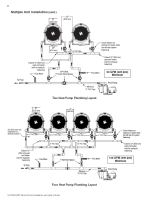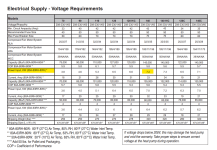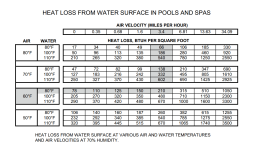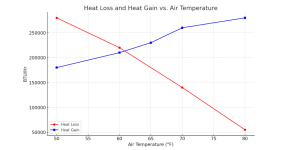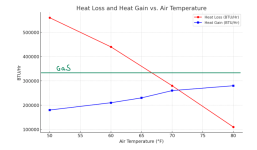The manual might say that dual heat pumps need to be done in parallel, so you would possibly violate warranty if you do it in series.
In my opinion, it is not necessary, but you have to decide if you want to go against the installation manual which is generally not recommended.
In any case, you need to follow the manual or do your own research before doing it a different way than the manual requires.
If there is a problem, you would bear the burden of proof that the installation did not cause the warranty issue.
_______________________________________________________________________________________________
2. Multiple Heat Pump Connections.
All plumbing on multiple heat pump installations must be done in parallel (see next page).
An equal flow of water to each heat pump is important for optimum operation.
Note: It may be necessary to adjust the water pressure switch if a unit is installed below the water level.
Refer back to page 6 for details on when and how to adjust the pressure switch.
Each heat pump in a multiple unit installation allows a maximum flow rate of 100 gpm (380 lpm) and requires a minimum of 30 gpm (110 lpm).

In my opinion, it is not necessary, but you have to decide if you want to go against the installation manual which is generally not recommended.
In any case, you need to follow the manual or do your own research before doing it a different way than the manual requires.
If there is a problem, you would bear the burden of proof that the installation did not cause the warranty issue.
_______________________________________________________________________________________________
2. Multiple Heat Pump Connections.
All plumbing on multiple heat pump installations must be done in parallel (see next page).
An equal flow of water to each heat pump is important for optimum operation.
Note: It may be necessary to adjust the water pressure switch if a unit is installed below the water level.
Refer back to page 6 for details on when and how to adjust the pressure switch.
Each heat pump in a multiple unit installation allows a maximum flow rate of 100 gpm (380 lpm) and requires a minimum of 30 gpm (110 lpm).

Last edited:


